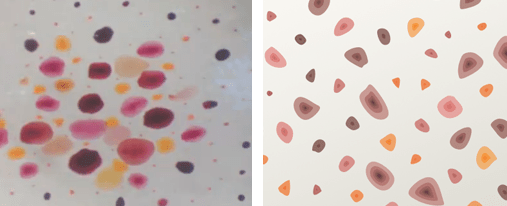
Meet [Alex Spiride]. He’s one of the fifteen finalists of the 2013 Google Science Fair. A native of Plano, Texas, [Alex] entered his squid-inspired underwater propulsion system in the 13-14 year old category.
The red cylinder shown in the image inlay is his test rig. It is covered well on his project site linked above. You just need to click around the different pages using the navigation tiles in the upper right to get the whole picture. The propulsion module uses water sprayed out the nozzle to push the enclosure forward. The hull is made of PVC, with a bladder inside which is connected to the nozzle. The bladder is full of water, but the cavity between it and the hull is full of air. Notice the plastic hose which is used to inject pressurized air, squeezing the bladder to propel the water out the nozzle. Pretty neat huh?
We think [Alex’s] work stands on its own. But we can’t help thinking what the next iteration could look like. We wonder what would happen if you wrapped that bladder in muscle wire? Would it be strong enough to squeeze the bladder?
You can see all fifteen finalists at the GSF announcement page. Just don’t be surprised if you see some of those other projects on our front page in the coming days.
Continue reading “Google Science Fair Finalist Explains Squid-inspired Underwater Propulsion”















